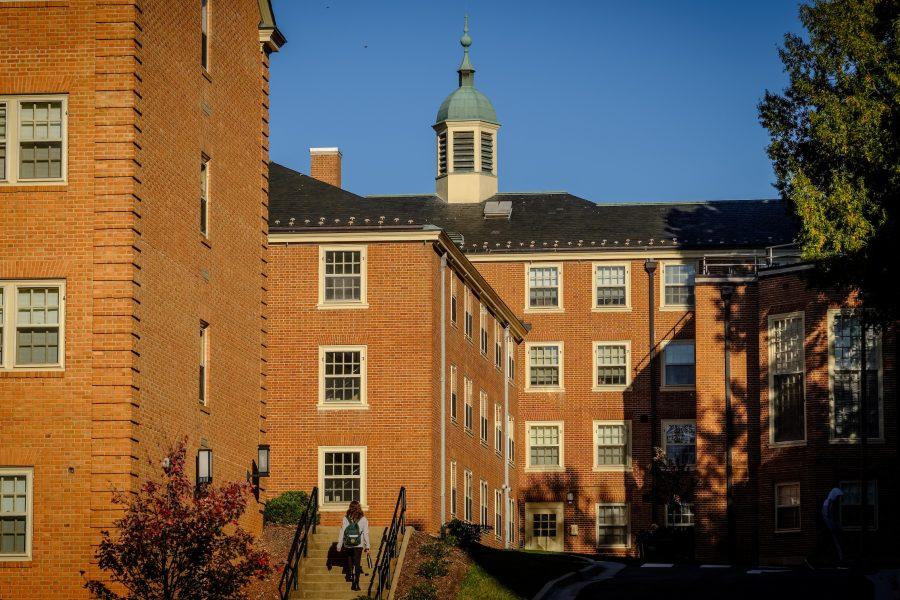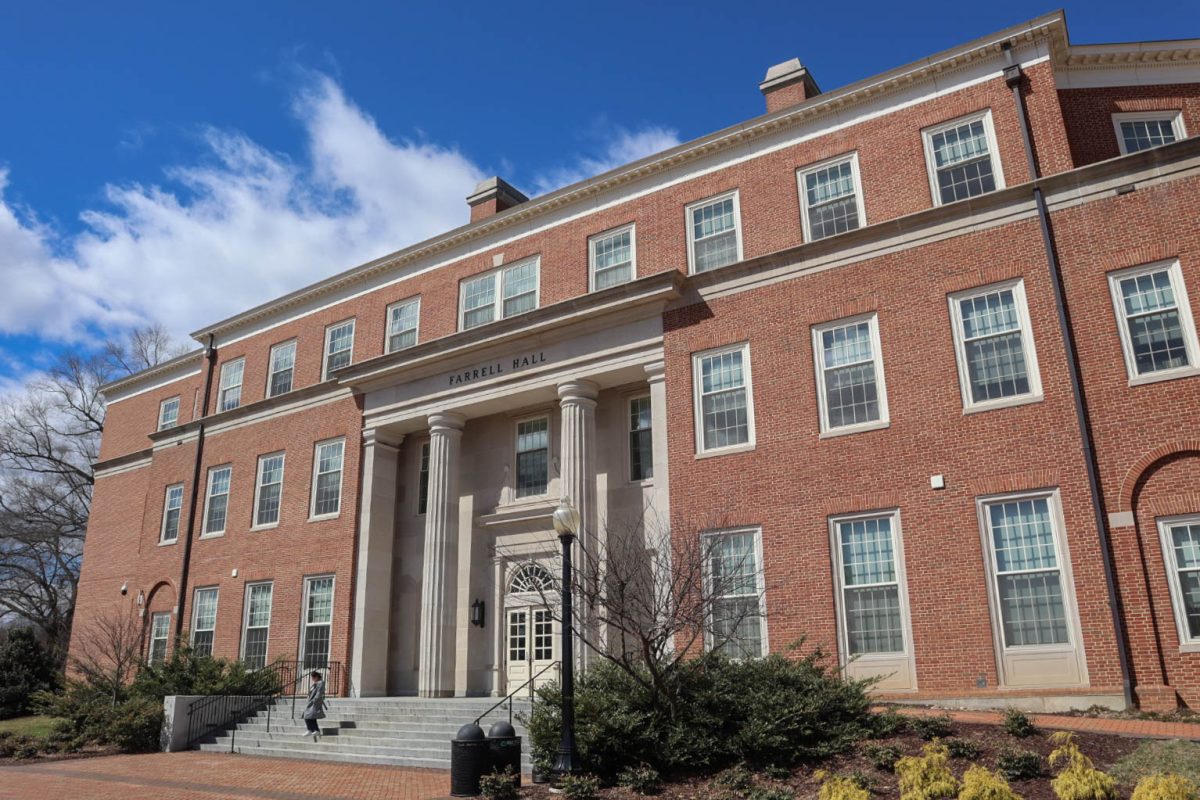
Each year during registration, many students decide between living in the newest upperclassmen dorms, Magnolia and Dogwood residence halls, and the quad dorms, Kitchin, Davis, Taylor, and Poteat residence halls. On one hand, it is quite appealing to commit to Magnolia or Dogwood, as they have much larger room dimensions and even share large living rooms in their suite space. On the other hand, quad living offers the perk of being more central to campus, closer to classes and less isolated from general social life. With all of this in mind, I argue that the better-quality living spaces offered by Dogwood and Magnolia are simply not worth the limited social life and lack of convenience that they entail.
To begin with, quad living provides a closer platform for interconnectivity within each hall and suite. Because each room faces each other in the small shared hallway space, it is easy for suitemates to find more time in the day to check in with each other. For example, two doubles that face into each other can leave their room doors open and allow all four suitemates to stay connected at all times. In order to have a social interaction, all one must do is simply shout out the other suitemate’s name. In Magnolia and Dogwood, however, the room configurations do not usually allow for two rooms to really look into each other’s spaces at all times. Instead, one must leave the comfort of one’s own bed and ask to enter someone else’s room in order to be social. This might not seem like an important issue, but it does automatically limit the degree to which a person can be social with others they live with. Though, socializing in these spaces should also be limited in accordance with social distancing guidelines.
Next, the larger spaces of Magnolia and Dogwood allow for the residents to become complacent in their spaces. When you have a space to watch TV, hang out in larger groups in the suite common space, and generally have more living room, there is less of a reason to be adventurous and leave your own living space. This means that residents of Magnolia and Dogwood are probably not as familiar with their neighbors as the residents of quad dorms.
…the [living spaces] offered by Dogwood and Magnolia are simply not worth the limited social life and lack of convenience…”
Story continues below advertisement
The physical layout of the quad dorms is particularly important for socialization as well. In the quad dorms, we have the “breezeways” as opposed to indoor hallways. We also do not have elevators. This means that right when a resident leaves their suite space, they are in public and can see people who are already out and about. The lack of elevators also means that residents pass each other when they enter and exit the dorm, thus adding another layer of social bonding and contact within the dorm spaces. This extra degree of social living also includes visibility of people who are studying outside at the shared courtyard tables, as the breezeways provide that extra aspect of communal living. It is very rare, especially in quarantine when being outside is so important, to see empty benches and tables in the quad courtyards. People are always mixing and mingling in these public spaces. In terms of convenience, quad living also reigns. Residents of the quad area are only a stone’s throw away from being out by Wait Chapel, a major gathering space. Quad residents also literally live right on top of eating spaces such as Zicks and Subway. This convenience factor is essential in stressful academic weeks, when every minute saved is another minute for productivity. Even for classes themselves, quad residents can wake up five minutes before a class begins and still be there a minute early. Residents of Magnolia and Dogwood, however, have a long walk through the general parking lot, the entire quad itself, and then the Manchester Plaza to get to class. This time makes a world of difference for a 9:00 a.m.
With all of the social and convenience benefits in mind, the smaller living space and older amenities offered by quad living are inconsequential compared to the social isolation of Magnolia and Dogwood.
















